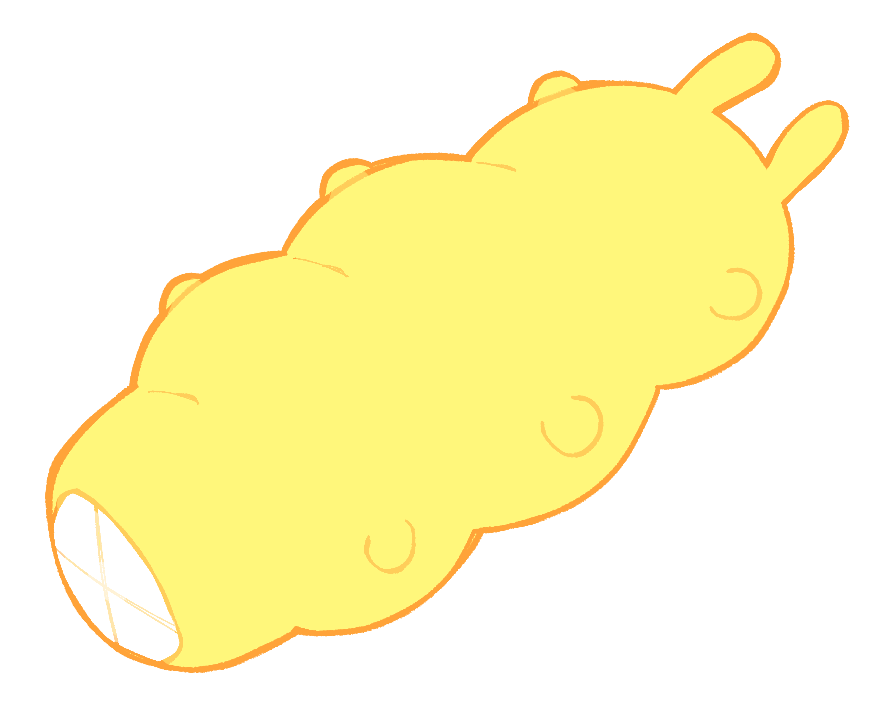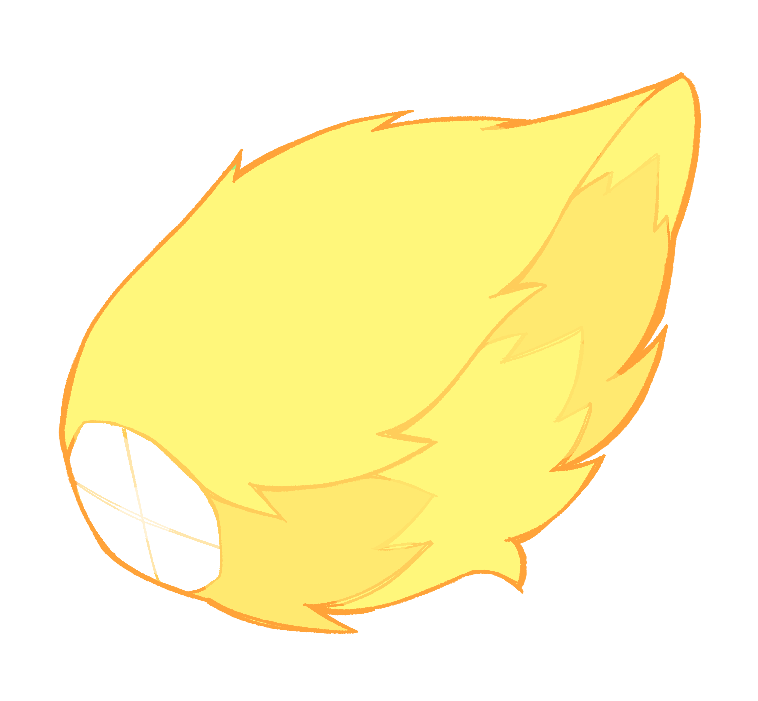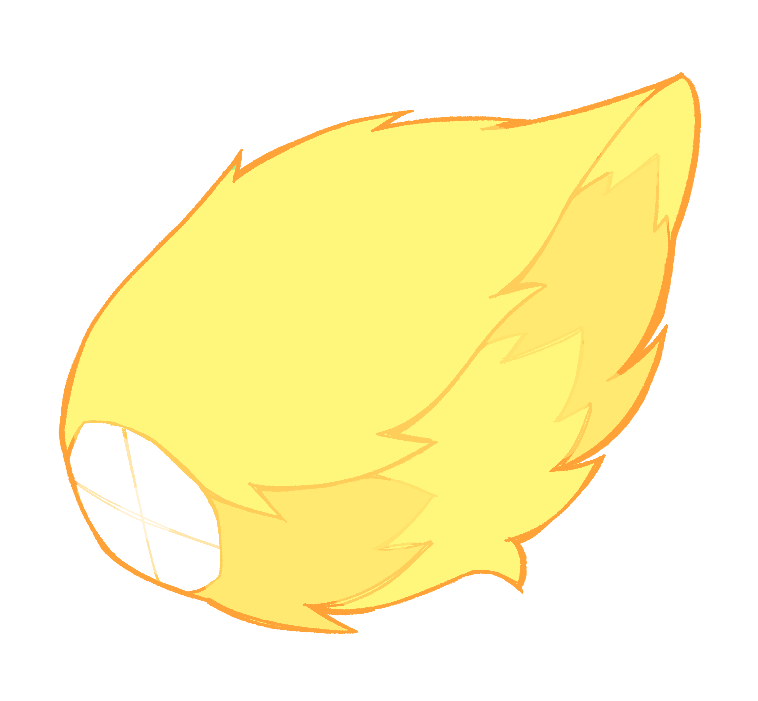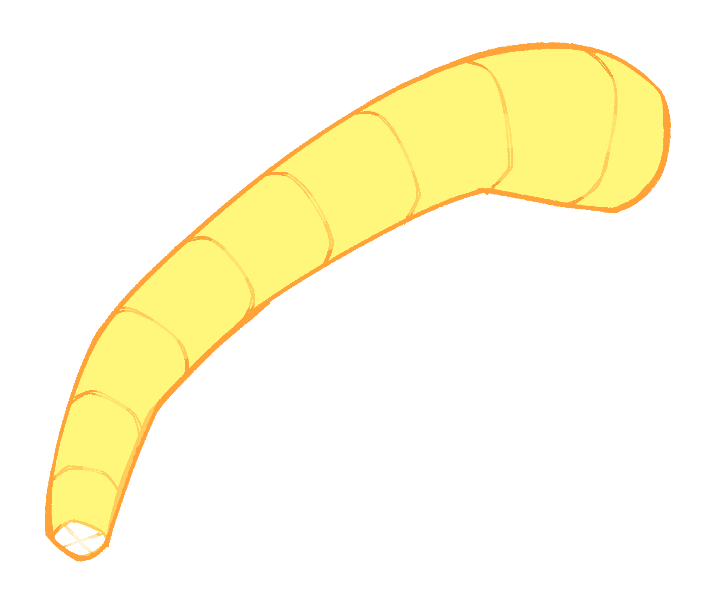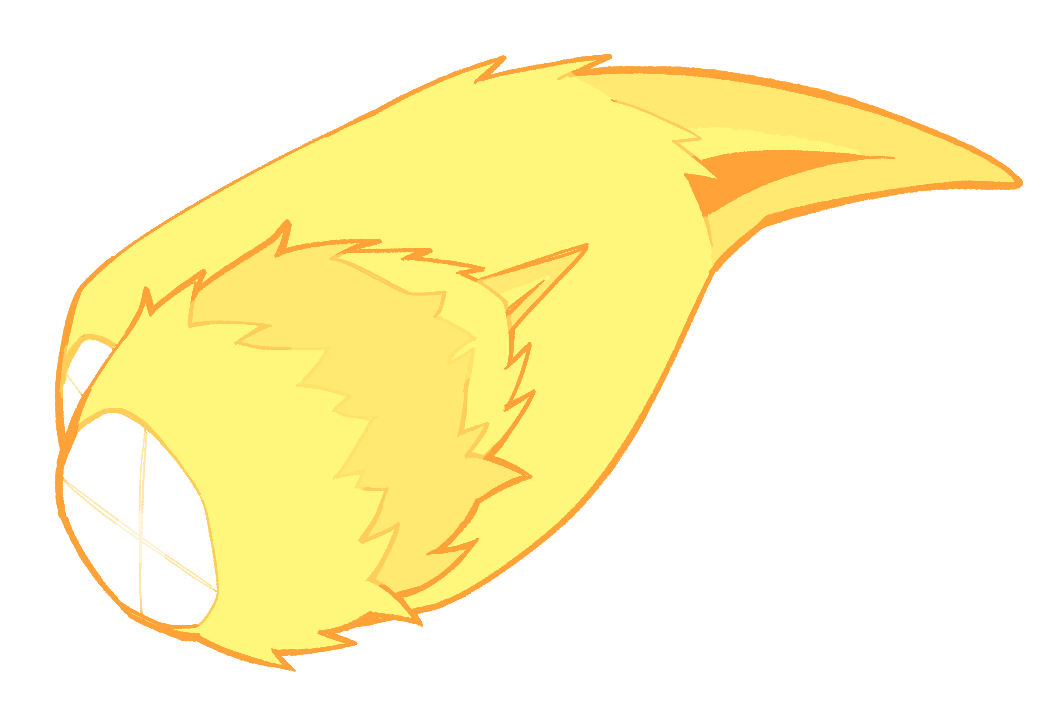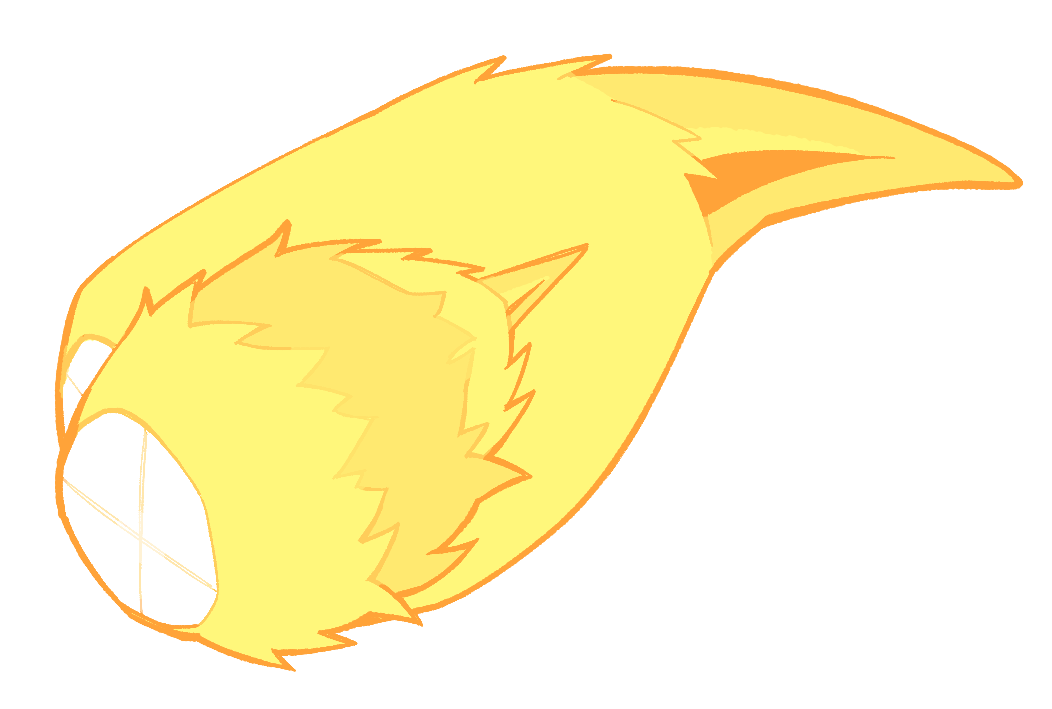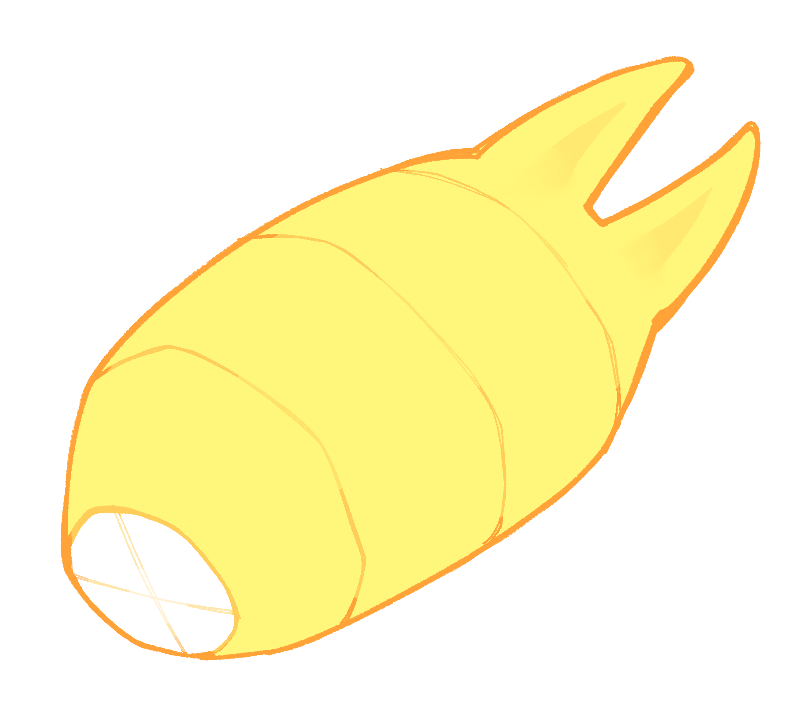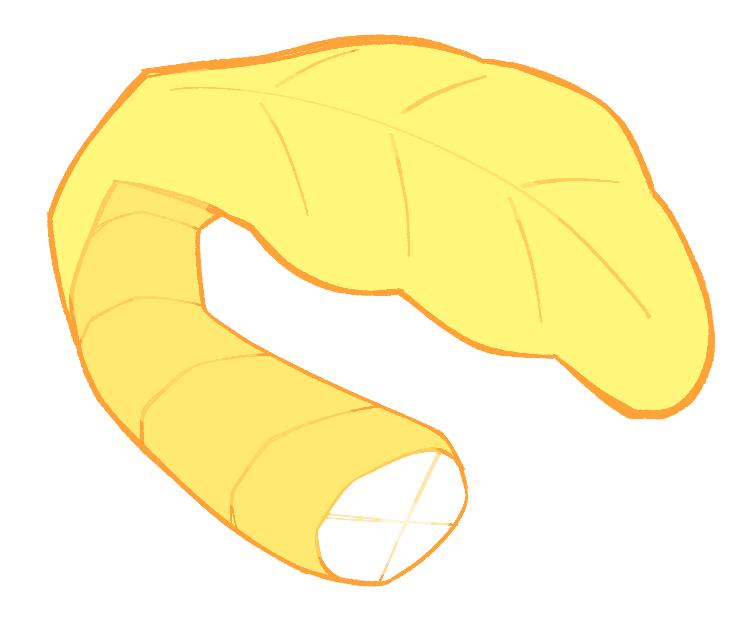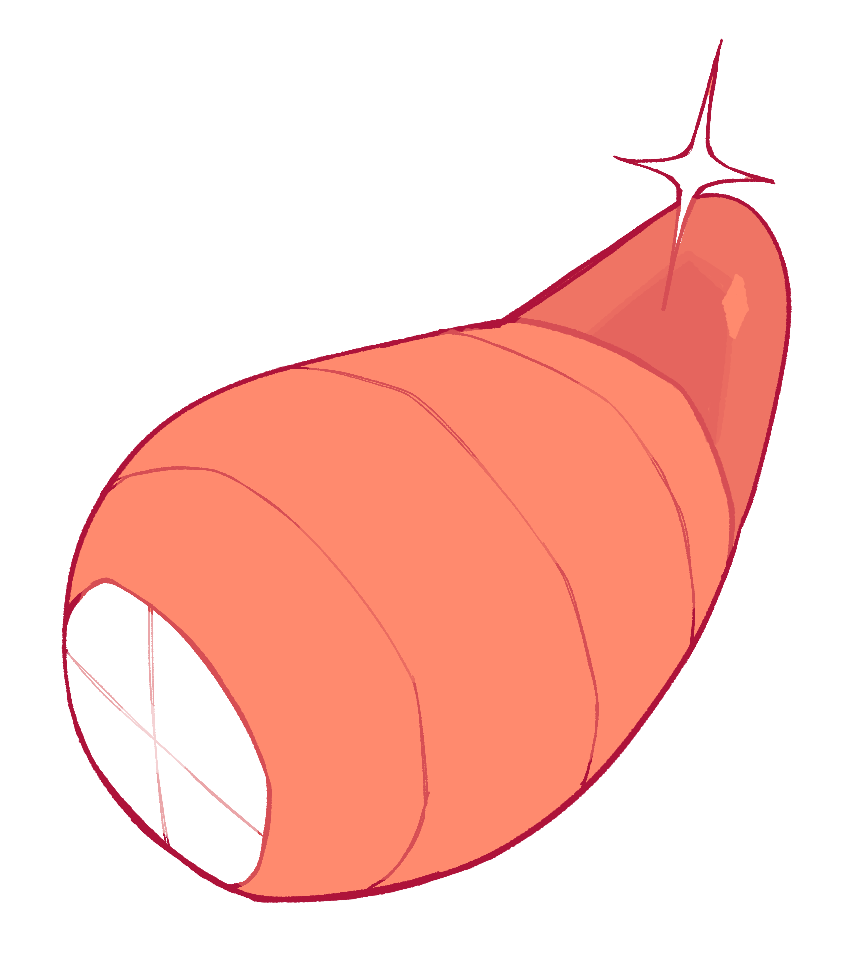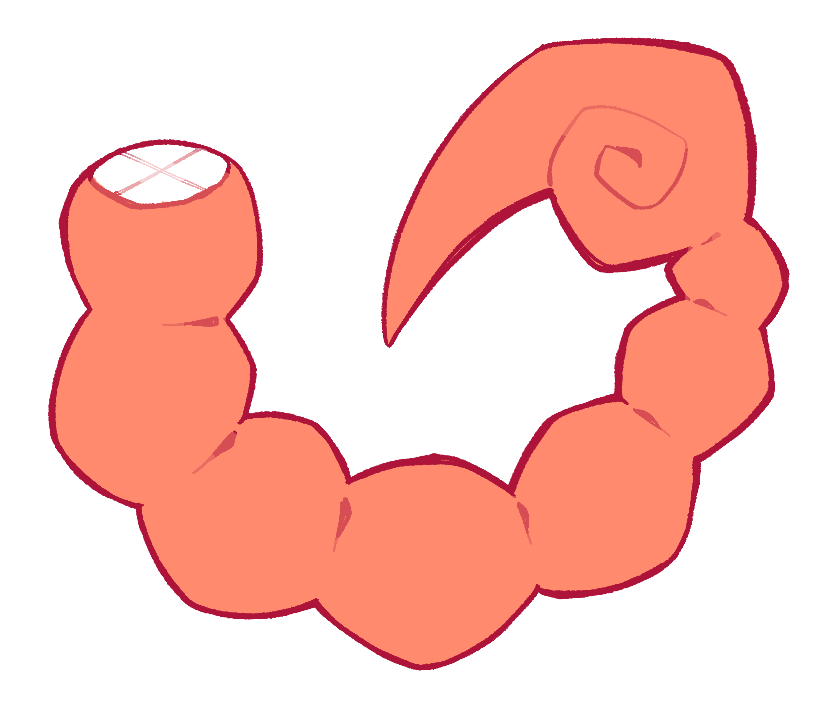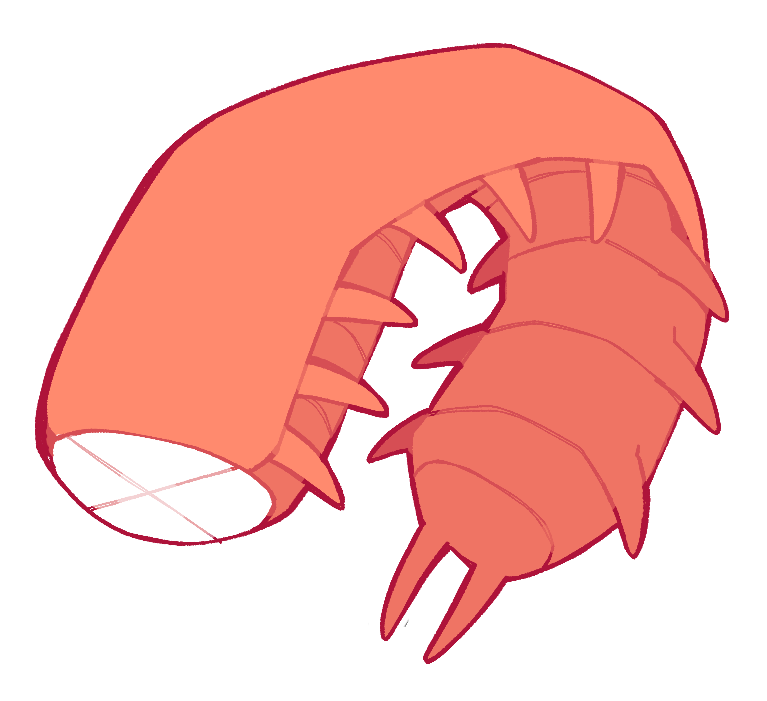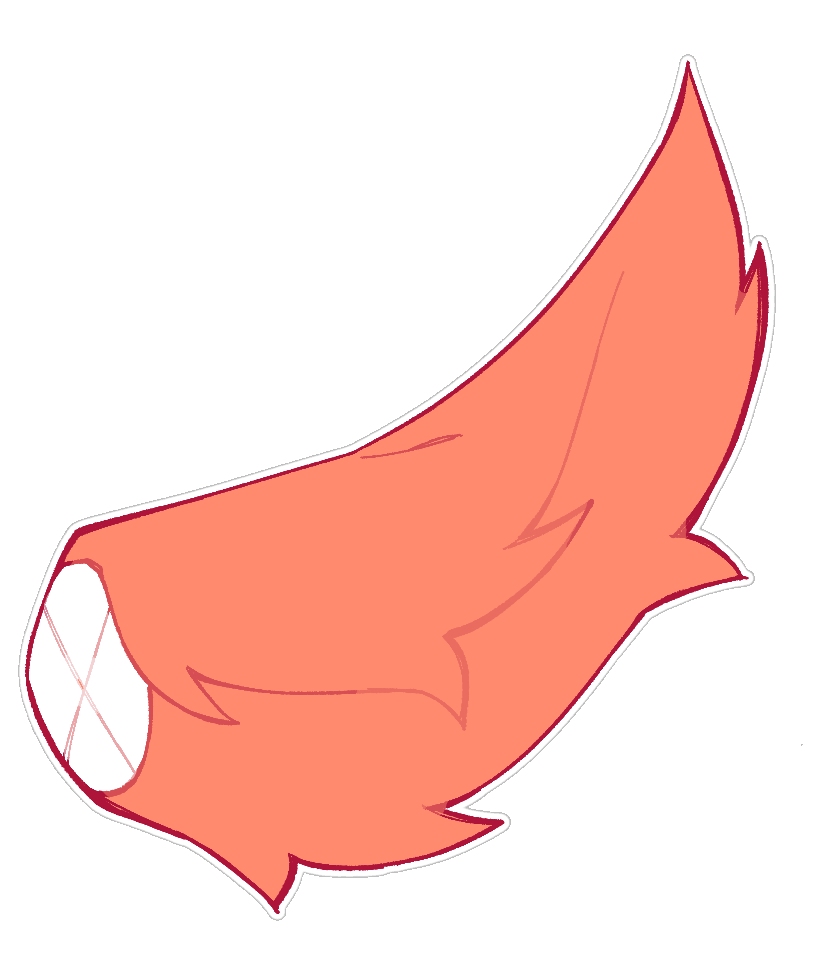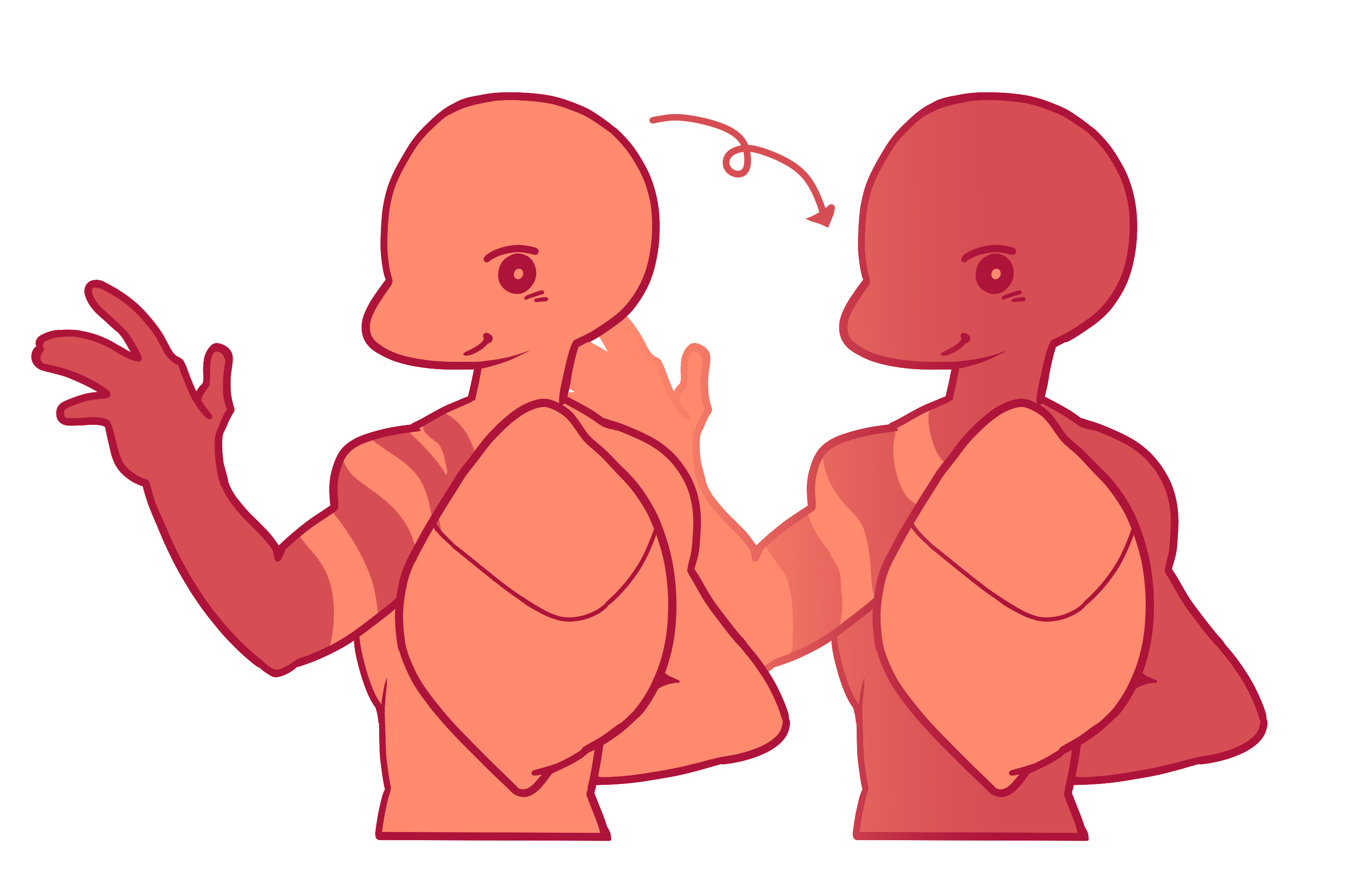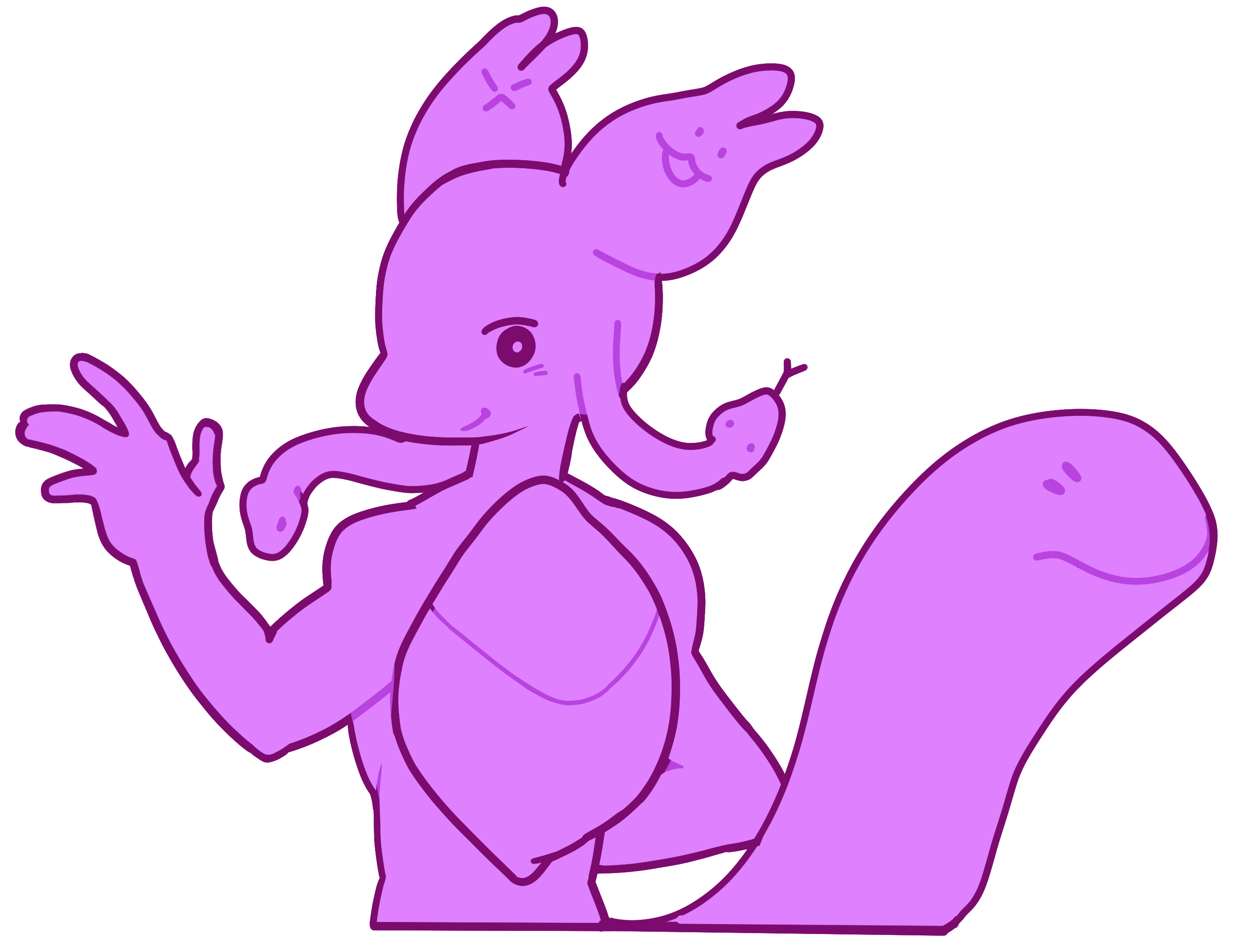Traits
Snail / Slug Tail (TS) (Common)
The Insectoplant has a lumpy, somewhat flat tail that may have a skirt going along the bottom. It resembles the foot of a snail or slug.
Note:
This trait only applies to Toxislugs. For any other subspecies, Non-Insectoid Tail is used.
Shark / Fish Tail (SC) (Common)
The Insectoplant has an aquatic tail that may have a caudal fin at the end. It resembles the tail of a shark or fish.
Note:
This trait only applies to Scoutopods. For any other subspecies, Non-Insectoid Tail is used.
Caterpillar Tail (Uncommon)
The Insectoplant has a long, rounded, somewhat segmented tail, almost looking like multiple spheroid shapes stuck together. It has nubby prolegs on each spheroid shape. It resembles the abdomen of caterpillars.
Note:
The use of prolegs on Caterpillar Tails does not require the Multiple Arms / Legs trait.
Alternate Types Show
-
Caterpillar Tail (BM) (Common)
Species: Brewmoth
Moth Tail (Uncommon)
The Insectoplant has a rounded, fuzzy tail resembling the tail of a moth.
Alternate Types Show
-
Moth Tail (BM) (Common)
Species: Brewmoth
-
Moth Tail (SP) (Common)
Species: Snowphid
-
Moth Tail (TS) (Rare)
Species: Toxislug
Spider Tail (Uncommon)
The Insectoplant has a rounded, optionally fuzzy tail resembling the tail of a spider.
Alternate Types Show
-
Spider Tail (BM) (Common)
Species: Brewmoth
-
Spider Tail (TS) (Rare)
Species: Toxislug
-
Spider Tail (AT) (Common)
Species: Aratela
Dragonfly Tail (Uncommon)
The Insectoplant has a long, thin, somewhat cylindrical tail with clear lines of division going down it, resembling the tail of a dragonfly.
Alternate Types Show
-
Dragonfly Tail (BM) (Common)
Species: Brewmoth
Earwig Tail (Uncommon)
The Insectoplant has a cylindrical tail with pincers at the end and clear lines of division going down it, resembling the tail of an earwig.
Alternate Types Show
-
Earwig Tail (SP) (Common)
Species: Snowphid
-
Earwig Tail (BM) (Rare)
Species: Brewmoth
Seal / Whale Tail (SC) (Uncommon)
The Insectoplant has a tail with horizontal flukes at the end resembling the tail of a whale or has a small, cylindrical tail resembling the tail of a seal.
Note:
This trait only applies to Scoutopods. For any other subspecies, Non-Insectoid Tail is used.
Firefly Tail (Rare)
The Insectoplant has a rounded tail with clear lines of division and a glowing end, resembling the abdomen of a firefly. The glow can be "turned on" or "turned off."
Note:
When using Firefly Tail, the Insectoplant does not also need Bioluminescence for the end of the tail unless other parts of the body glow as well.
Scorpion Tail (Rare)
The Insectoplant has a tail consisting of spherical segments ending in a barb, resembling the tail of a scorpion.
Centipede Tail (Rare)
The Insectoplant has a long, somewhat flat tail with a soft underside, clear lines of division, and legs or leg-like protrusions on each segment.
Note:
When using Centipede Tail, the Insectoplant does not also need Multiple Arms / Legs unless there are multiple limbs on areas of the body other than the tail.
Alternate Types Show
-
Centipede Tail (SP) (Uncommon)
Species: Snowphid
Non-Insectoid Tail (Rare)
The Insectoplant has a tail that does not match the description for any other tail trait. This can include mammalian tails, avian tails, or fantastical tails.
Note:
When using Non-Insectoid Tail, the tail may not be smooth and curled into a tight spiral shape.
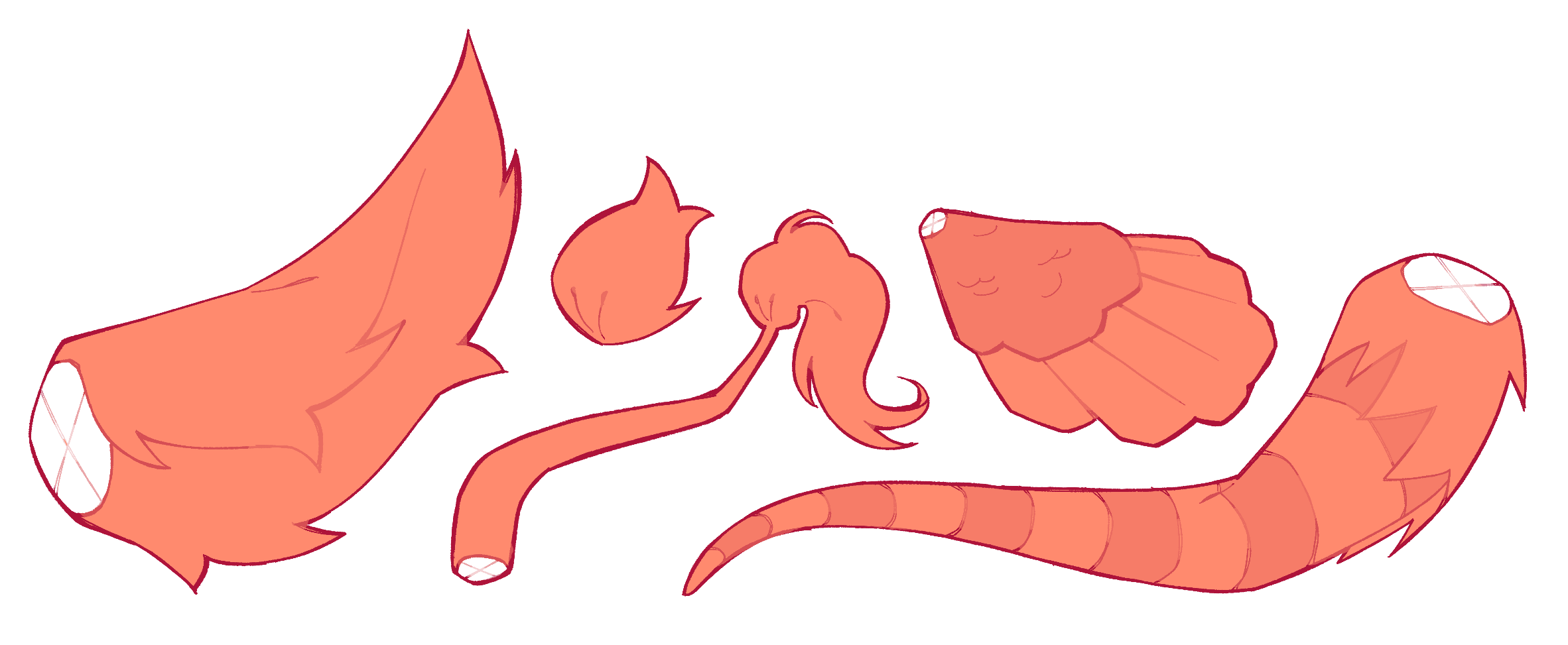
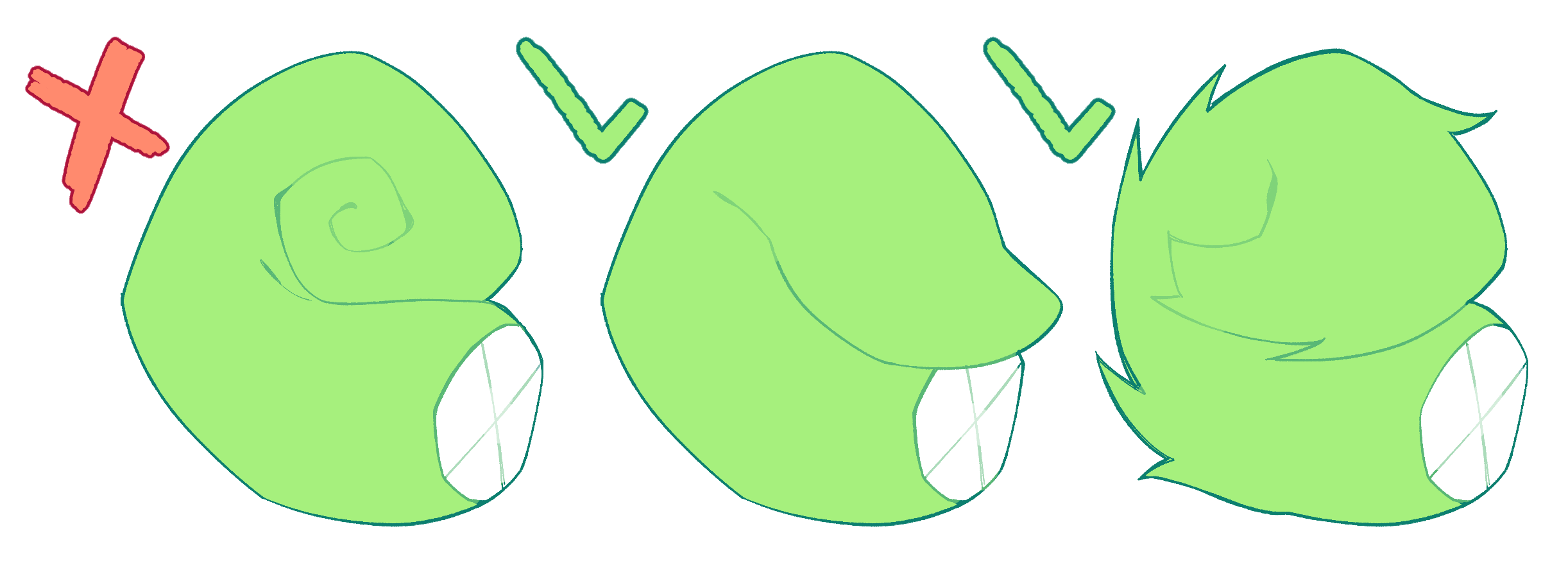
Alternate Types Show
-
Non-Insectoid Tail (SC) (Mutation)
Species: Scoutopod
Other Aquatic Tail (SC) (Rare)
The Insectoplant has an aquatic tail that does not match the description for any other tail traits. This can include tails resembling those of eels, stingrays, seahorses, and so on.
Note:
This trait only applies to Scoutopods. For any other subspecies, Non-Insectoid Tail is used.
Spinnerets (AT) (Mandatory)
The Insectoplant has spikes at the end of their tail that can produce silk, resembling the spinnerets of a spider.
Note:
This trait only applies to Aratelas.
Moving Markings / Color Change (Rare)
The Insectoplant can change the appearance and locations of their markings and/or colors.
Living Tail / Body (Mutation)
The Insectoplant has parts of their body that are alive separately from the main Insectoplant, such as by having a living tail, or has additional non-Insectoplant bodies.
Note:
If the Insectoplant has additional Insectoplant bodies, Multiple Bodies is used instead.
